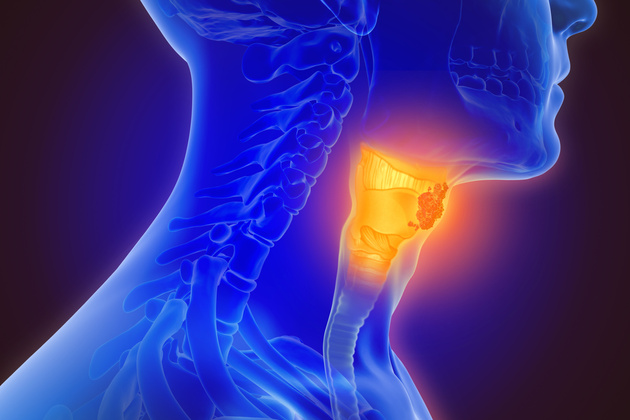What is Pharynx and Pharynx Cancer? Symptoms and Treatment Process
The pharynx (pharynx) is located behind the nasal and oral cavities. Its uppermost part is connected to the nasal cavity (nasopharynx), while its lower end (hypopharynx) continues with the esophagus. Pharyngeal cancers include cancers of the base of the tongue, uvula, tonsil tissue and the posterior walls of the pharynx. Oropharynx and hypopharynx cancers are very rare compared to nasopharynx cancers. It is estimated that there are a total of 123,000 new cases of oropharynx and hypopharynx cancer annually worldwide.

What are the risk factors?
Smoking, alcohol use, and viral infections (e.g., human papillomavirus) are the primary risk factors for these cancers.
What are the symptoms?
Symptoms can be described as pain, difficulty swallowing, and a feeling of stuckness. After deep spread, limitation of jaw movements occurs. With restriction of tongue movements, speech and swallowing disorders and painful swallowing become evident. About 90% of cancers in this region are squamous cell cancers. Lymphomas may occur in the tonsils. Of these, Non-Hodgkin lymphoma is more common.
How is the diagnosis made?
Diagnosis is made by biopsy. Radiology may be required to evaluate tumor spread. Oropharynx cancers have a faster clinical course than oral cavity cancers. Tongue base and soft palate cancers can spread to both sides of the neck. In 50% of cases, the first finding may be neck lymphatic spread.
What are the stages of the disease?
Staging is the same as for oral cavity cancers.
How is it treated?
Depending on the size of the tumor, treatment may include only surgery or surgery along with radiation therapy and chemotherapy. If intraoral resection is not possible alone, an approach can be made from the neck or lower jaw. Even if there is no lymph involvement in the neck, the neck should be included in the treatment planning due to the high risk of neck spread. In lymphoma, primary treatment is planned as radiation therapy and chemotherapy.
Is it possible to be protected?
Quitting alcohol and cigarette consumption, healthy nutrition and implementing the necessary regulations for a healthy life are important in reducing the risk of pharyngeal cancers, as for all oral and neck cancers.



